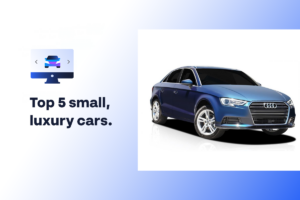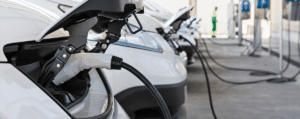
Why financial wellbeing is important in the workplace
Improving employee wellbeing is one of the top priorities of HR leaders today. But what many people don’t realise is

Elevate your talent attraction and retention with free employee benefits. Uncover a platform that effortlessly entices, engages, and retains your valuable staff.
Get a free demoSee how leading healthcare organisation Healius turned turnover into triumph with Flare.
Read Healius’ storyDevelop your business skills and HR expertise with the Flare Benefits Resource Hub. Get access to helpful tools, articles, guides, webinars, and other on-demand resources that can help your business attract, hire, and retain top talent.
Explore insights from our comprehensive survey of 1500+ Australian workers across a variety of industries, revealing the benefits that genuinely make an impact.
Still haven't found what you're looking for? We're here to help.
Get in touch
Improving employee wellbeing is one of the top priorities of HR leaders today. But what many people don’t realise is

These top 5 small luxury cars offer a blend of style, innovation, and exhilarating driving experiences in a compact yet

Find out what is a novated lease and how it could save you money. Learn the benefits and how it

How to onboard new employees remotely and improve retention and productivity in your workplace.

Electric vehicles (EVs) are becoming increasingly popular in Australia. Find out why a Flare electric vehicle could be a smart

Also known as workforce planning, HR planning is about matching your people to your overall business objectives.

In today’s competitive job market, small businesses need innovative solutions to compete with big business for top talent.

If you’re in the market for a new car, Novated leasing could be an excellent option to save money on

Are you looking for the perfect vehicle to take your friends or family on an epic road trip? Look no
Improving employee wellbeing is one of the top priorities of HR leaders today. But what many people don’t realise is that 1.2 million households are currently suffering from financial stress. Therefore financial wellbeing is actually what sits at the centre of holistic wellness and has the potential to drive the most significant impact on working […]